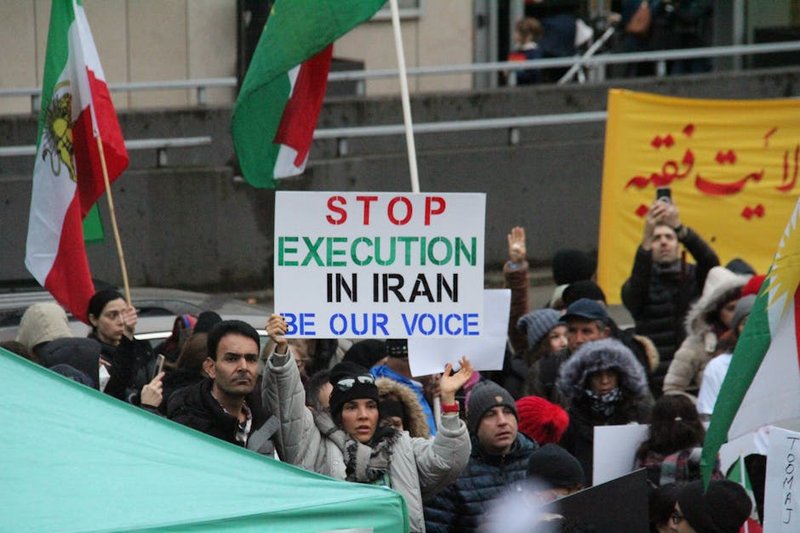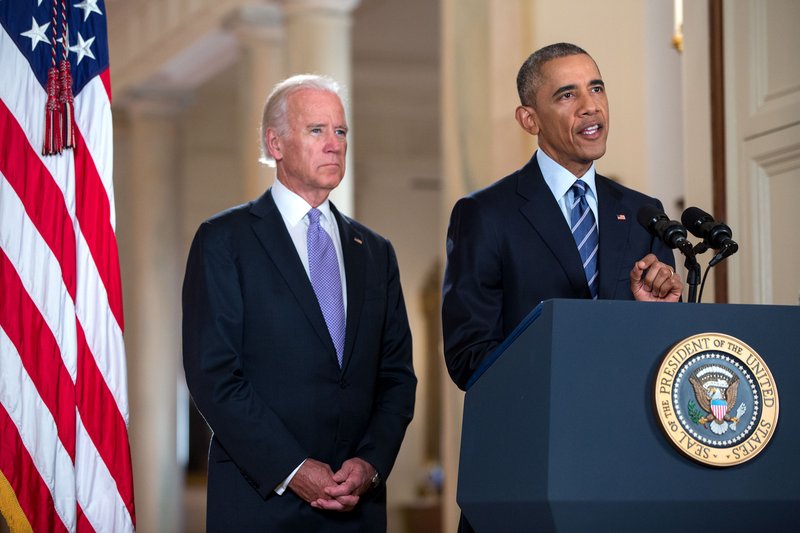The relationship between Iran and Israel has transformed from one of quiet cooperation to open hostility, marking one of the most significant geopolitical shifts in the Middle East over the past half-century. As someone who’s been tracking international conflicts since my early days covering the twilight of the Cold War, I can tell you that few regional rivalries have had such far-reaching implications.
Iran and Israel maintained cordial relations during most of the Cold War era, with Iran becoming the second Muslim-majority nation to recognize Israel after Turkey. This alignment made strategic sense during that period – both nations positioned themselves as pro-Western counterweights to Soviet influence in the region.
You know, this reminds me of my 1997 trip to the Caspian Sea region, where I witnessed firsthand how quickly geopolitical alliances can shift. I remember interviewing an elderly Iranian jeweler who spoke fondly of traveling to Tel Aviv in the 1970s. Amazing how quickly things can change, isn’t it?
Iran – The Revolutionary Turning Point
The 1979 Iranian Revolution marked the decisive fracture point in Iran-Israel relations. The overthrow of the Shah’s secular monarchy and establishment of an Islamic republic fundamentally altered Iran’s foreign policy orientation. The new Iranian government, led by Ayatollah Khomeini, severed all diplomatic and commercial ties with Israel, which it branded as an illegitimate state.
Yet interestingly, pragmatism sometimes trumped ideology. During the Iran-Iraq War (1980-1988), evidence suggests covert relations continued between the two nations, primarily through arms deals as Iran desperately sought weapons while facing international isolation. This “enemy of my enemy” dynamic demonstrated how regional realpolitik could temporarily overshadow deep ideological differences.

Iran – From Cold Peace to Open Hostility
The transition from covert cooperation to outright confrontation accelerated in the early 1990s following the Soviet Union’s collapse and Iraq’s defeat in the Gulf War. With these significant geopolitical shifts, both nations reassessed their strategic positions. Israeli Prime Minister Yitzhak Rabin’s government adopted a much more aggressive stance toward Iran, viewing its Islamic governance and regional ambitions as fundamentally threatening to Israel’s security.
The rhetoric intensified dramatically during Mahmoud Ahmadinejad’s presidency in Iran (2005-2013), when he made numerous inflammatory statements questioning the Holocaust and Israel’s right to exist. These provocations, combined with Iran’s advancing nuclear program and support for militant groups opposed to Israel (particularly Hezbollah, Hamas, and Palestinian Islamic Jihad), cemented the adversarial relationship.
I recall covering a NATO summit in 2006 where the Iranian nuclear issue dominated both the official agenda and the corridor conversations. One European diplomat told me off the record, “We’re watching a slow-motion collision that nobody seems able to prevent.” That assessment has proven remarkably prescient.
Proxy Conflicts and Covert Operations
Since approximately 1985, Iran and Israel have engaged in what security experts characterize as a “shadow war” – a series of proxy conflicts, covert operations, and cyberattacks that have significantly impacted Middle Eastern geopolitics.
The 2006 Lebanon War represented perhaps the most direct confrontation, with Israeli forces battling the Iran-backed Hezbollah across Lebanon. The conflict resulted in over 1,300 deaths, mostly Lebanese civilians, and massive destruction of infrastructure. While technically a war between Israel and Hezbollah, Iran’s extensive support for the militant group meant many analysts viewed it as a de facto Iran-Israel conflict.
Both nations have also engaged in sophisticated covert operations against each other. Israel has been linked to the assassinations of Iranian nuclear scientists and the 2020 killing of top nuclear program chief Mohsen Fakhrizadeh. Iran, meanwhile, has been implicated in attacks on Israeli diplomats abroad and lethal bombings targeting Jewish communities, including the devastating 1994 AMIA bombing in Argentina that killed 85 people.
The Nuclear Dimension
Iran’s nuclear ambitions have become the most contentious flashpoint in this complex rivalry. Israel, possessing its own undeclared nuclear arsenal, has consistently opposed Iran’s nuclear development, framing it as an existential threat. This led to operations like the Stuxnet cyberattack (widely attributed to a U.S.-Israeli collaboration), which temporarily disabled Iranian centrifuges.
The cyberwarfare dimension reminds me of my visit to Estonia after their 2007 cyberattacks – I spent three days with their digital defense teams and came away convinced that the next major wars would be fought partly in cyberspace. Iran and Israel have certainly embraced this battlefield.

Direct Confrontation in 2024
The regional tensions stemming from the Gaza war in late 2023 have pushed Iran-Israel hostilities to unprecedented levels. April 2024 witnessed a shocking escalation as both nations conducted direct missile strikes against each other – marking the first direct military exchanges in this decades-long conflict.
Israel’s targeting of an Iranian diplomatic compound in Damascus, killing high-ranking Revolutionary Guard officers, prompted Iran to launch hundreds of drones and missiles directly at Israel. While Israel’s air defenses intercepted most incoming threats, this represented a dramatic shift from proxy warfare to direct confrontation. Israel’s subsequent retaliatory strikes on Iranian military installations further raised concerns about full-scale war.
The Future of Iran-Israel Relations
The path forward appears treacherous. Regional realignments have created new dynamics, with several Arab states normalizing relations with Israel partly due to shared concerns about Iran. Meanwhile, Iran’s “Axis of Resistance” – including proxies in Lebanon, Syria, Iraq, and Yemen – provides it with multiple vectors to pressure Israel indirectly.
Whether diplomacy can prevent further escalation remains uncertain. International efforts to revive the Iran nuclear deal have faltered, while domestic politics in both countries often rewards hardline positions. The risk of miscalculation leading to unintended major conflict looms large over the region.
As I’ve told journalism students for years, understanding conflicts requires looking at both the deep historical roots and the immediate triggers. The Iran-Israel confrontation exemplifies this principle perfectly – rooted in revolutionary ideology but constantly shaped by tactical decisions, regional developments, and the broader international environment.



